In our hyperconnected world of constant notifications, breaking news, and social media updates, the idea of going somewhere where absolutely nothing happens might sound bizarre. Yet, as burnout rates climb and attention spans shrink, destinations that offer pure, unadulterated nothingness are becoming increasingly precious.
These places don’t boast exciting attractions or action-packed itineraries—their appeal lies precisely in their emptiness. Here is a list of remarkable places around the world where nothing much happens, and that peaceful emptiness is exactly why you should consider visiting them.
Húsafell, Iceland
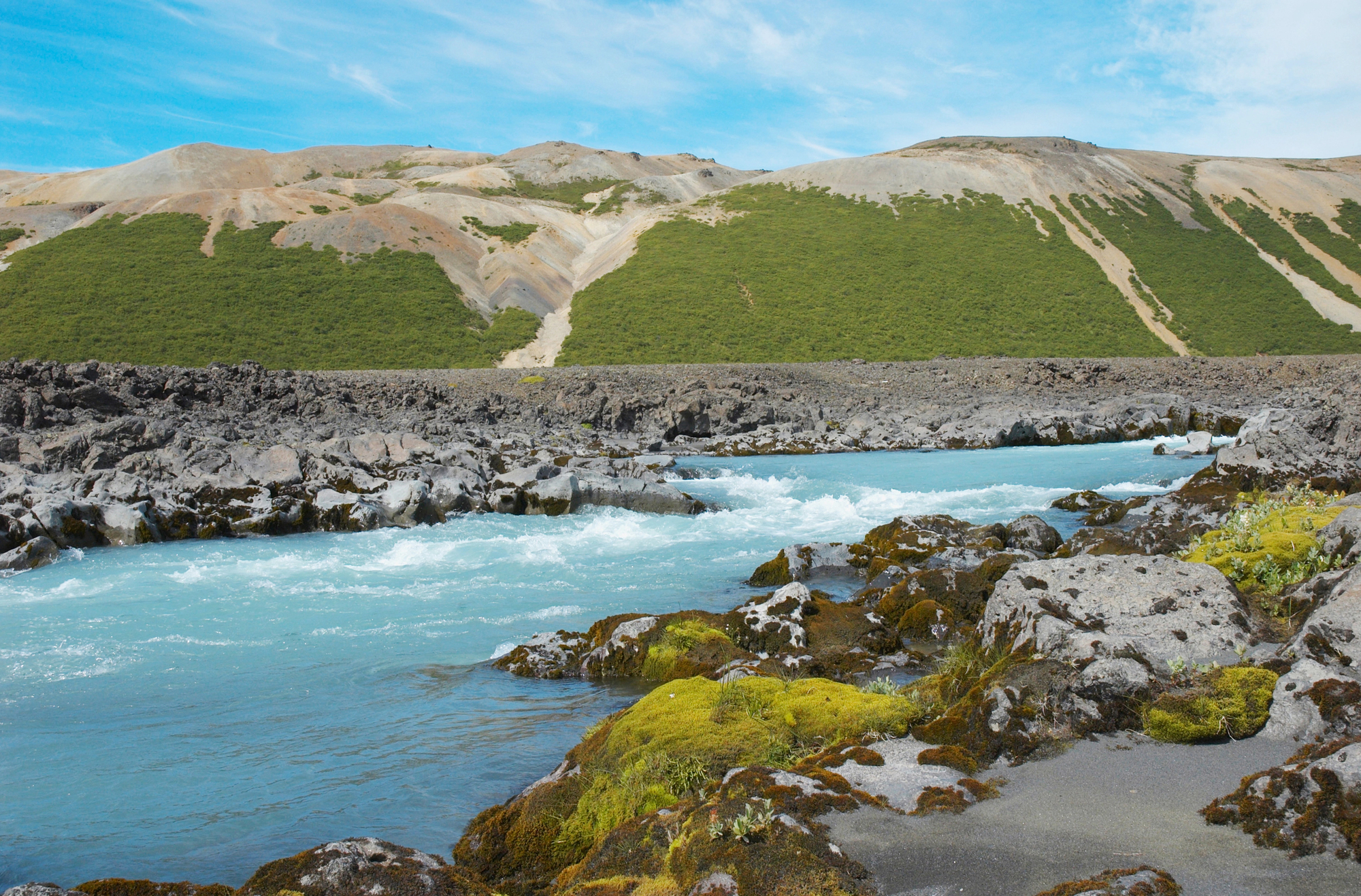
This tiny settlement sits amid vast Icelandic wilderness, offering little more than a handful of buildings against an endless landscape of moss-covered lava fields. Days pass with nothing but the occasional sheep wandering by or the distant rumble of a geothermal spring.
The isolation becomes meditative after the first day, with the northern lights occasionally painting the sky without fanfare or announcement.
Bardenas Reales, Spain
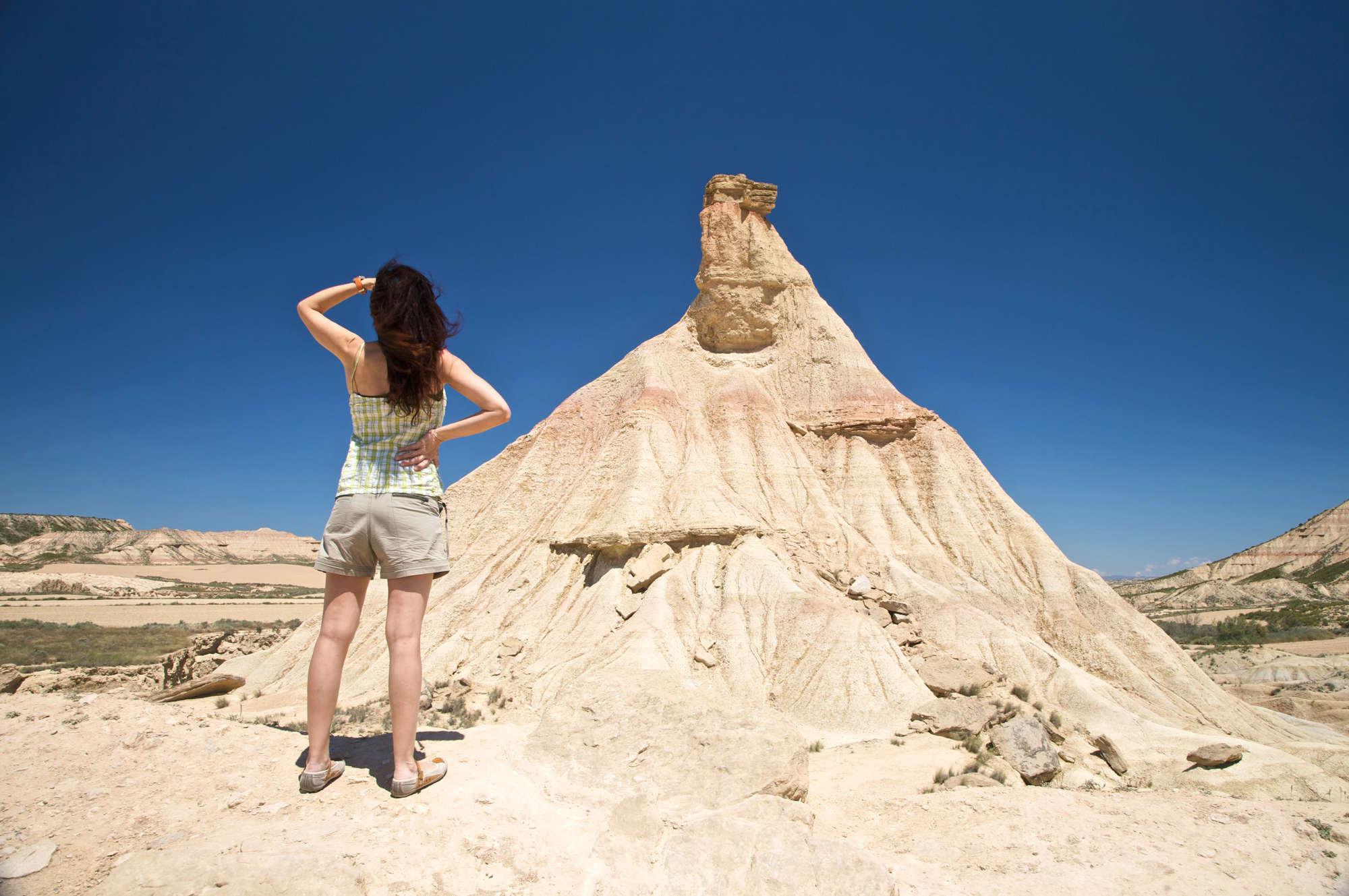
This semi-desert landscape in northern Spain stretches for nearly 100,000 acres with barely a sign of human presence. Erosion has sculpted the clay, chalk, and sandstone into otherworldly formations that stand sentinel over the empty landscape.
Visitors can drive for hours on dirt roads without encountering another soul, with only the wind creating ripples in the barren terrain.
Koya-san, Japan
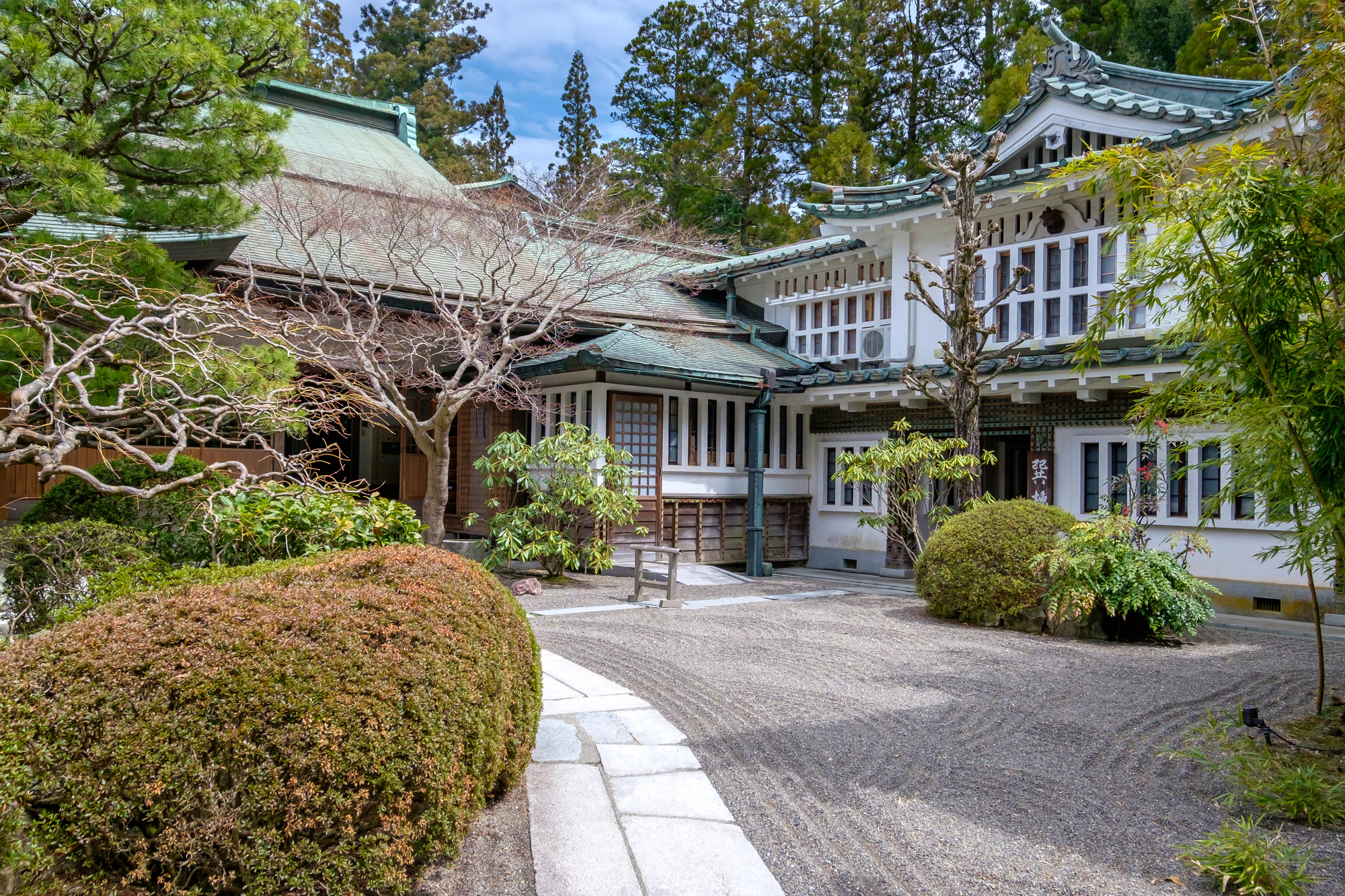
This Buddhist temple town sits atop a forested mountain plateau, where the primary activity is simply existing alongside the resident monks. Many visitors participate in the temples’ shukubo program, staying overnight and joining morning prayers that have remained unchanged for centuries.
The ancient cemetery Okunoin, with paths winding through 200,000 moss-covered tombstones, offers hours of silent wandering where time seems suspended.
Like Travel Pug’s content? Follow us on MSN.
Big Bend National Park, USA
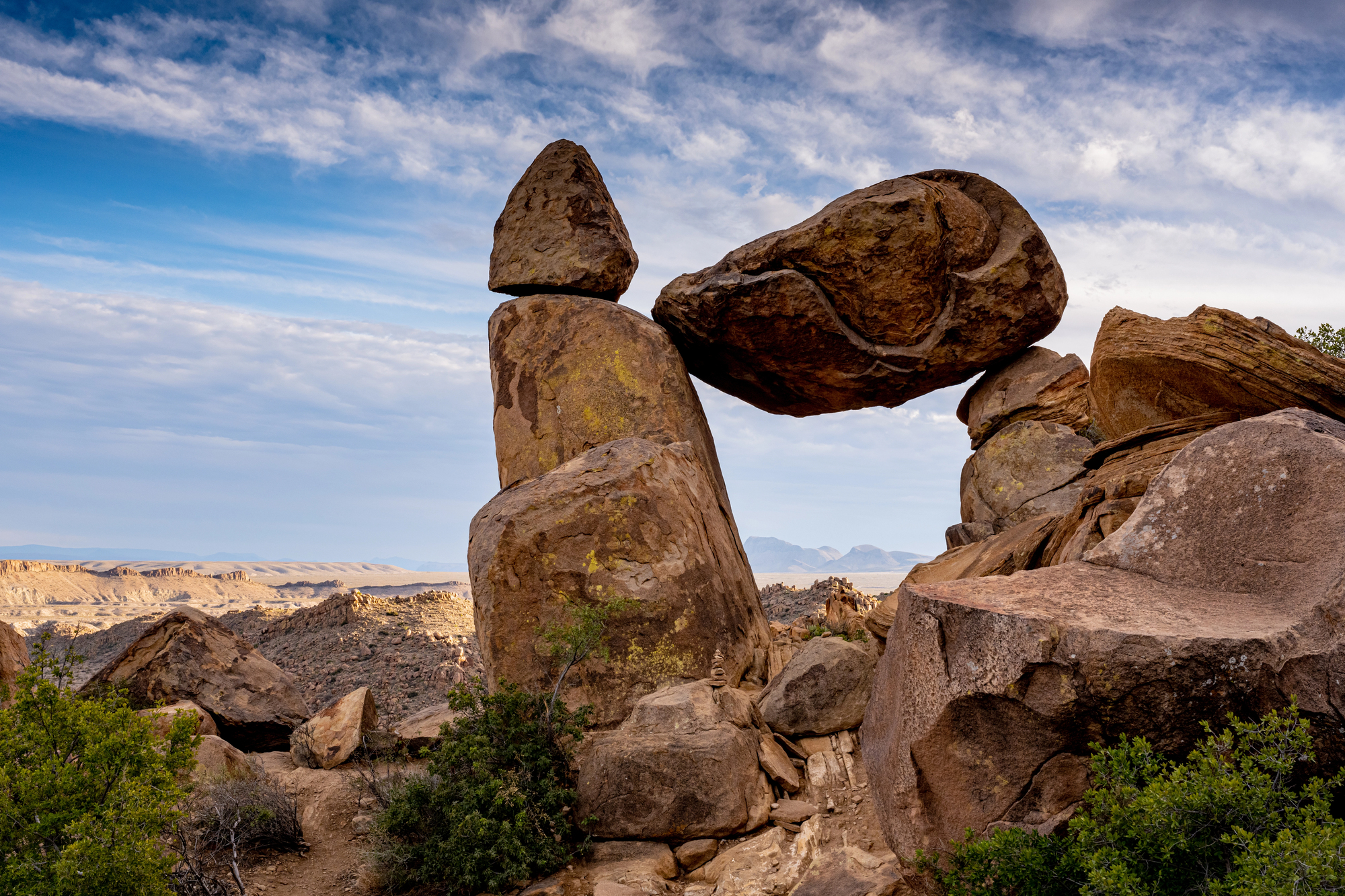
Located in the remote corner of west Texas along the Mexican border, Big Bend receives fewer visitors in a year than Yellowstone gets in a single day. The vastness of this 800,000-acre park means you can hike for days without seeing another person.
The night skies here are among the darkest in North America, offering nothing but stars and silence to contemplate.
Yoga Barn, Bali

While Bali conjures images of beaches and parties, this retreat center in Ubud offers structured nothingness through meditation and yoga. The daily schedule revolves around sitting still, breathing consciously, and moving mindfully—the opposite of vacation-as-distraction.
Participants spend days saying almost nothing while eating simple meals and walking mindfully through gardens designed for contemplation rather than entertainment.
Isle of Eigg, Scotland

Home to just about 100 residents, this small Hebridean island runs on renewable energy and community cooperation rather than attractions or entertainment. Days revolve around walks along empty beaches, watching passing weather systems, and perhaps a visit to the single pub.
The most exciting event might be spotting an eagle overhead or watching the ferry make its infrequent appearance on the horizon.
Like Travel Pug’s content? Follow us on MSN.
Karoo Desert, South Africa

This vast semi-arid region covers nearly 400,000 square miles with settlements so sparse they barely register on maps. The landscape appears unchanging for hundreds of miles, creating a meditative state through sheer repetition and emptiness.
Nighttime brings astronomical darkness that reveals the full Milky Way with clarity impossible in populated areas.
Vipassana Retreat Centers, Worldwide
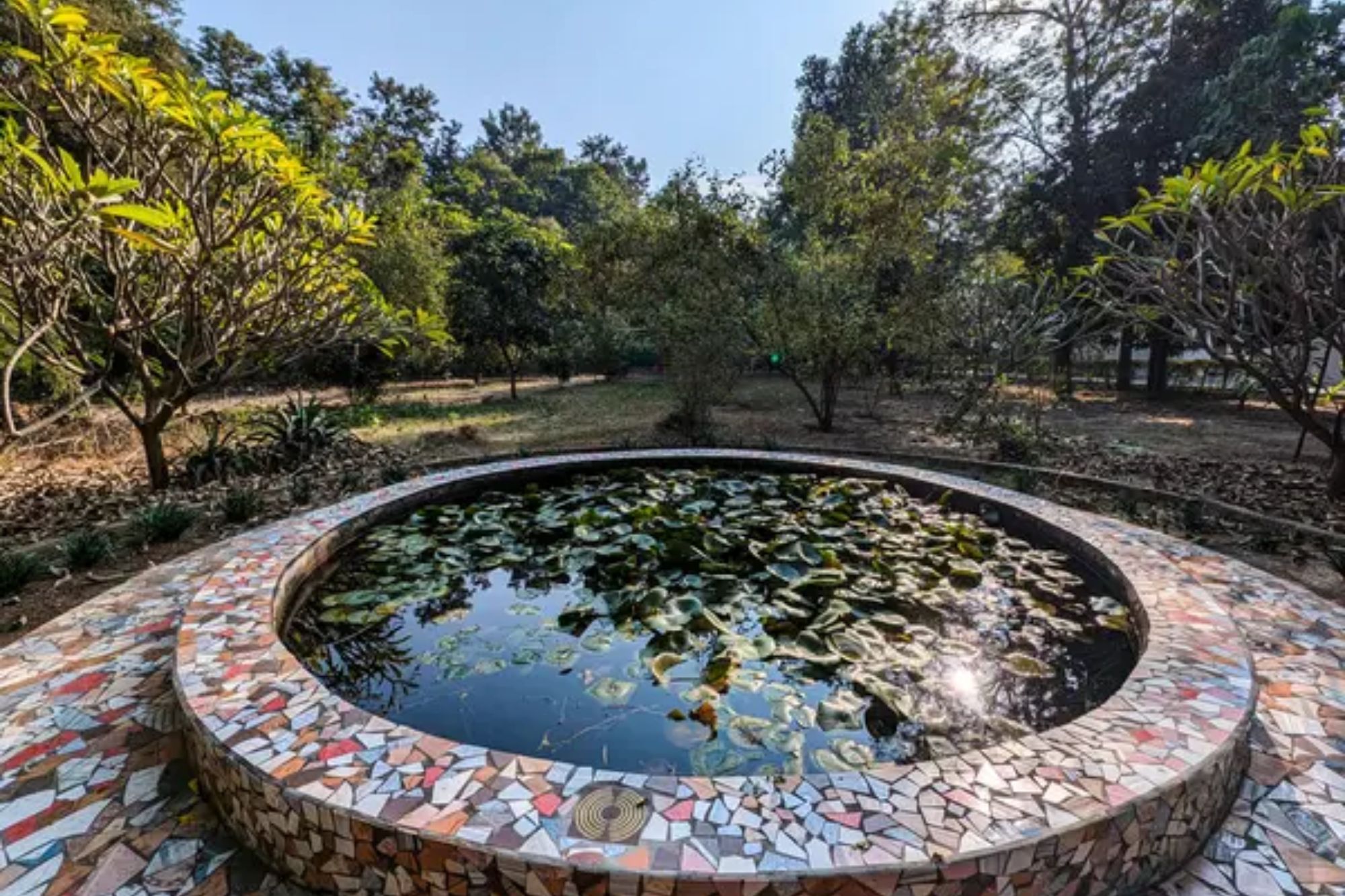
These meditation centers, found in dozens of countries, offer ten-day courses where participants take vows of silence and do absolutely nothing except observe their own breath and bodily sensations. The centers typically lack internet, phones, reading materials, or any form of entertainment.
The entire purpose is to sit with nothingness and observe how the mind responds to the absence of stimulation.
Tristan da Cunha
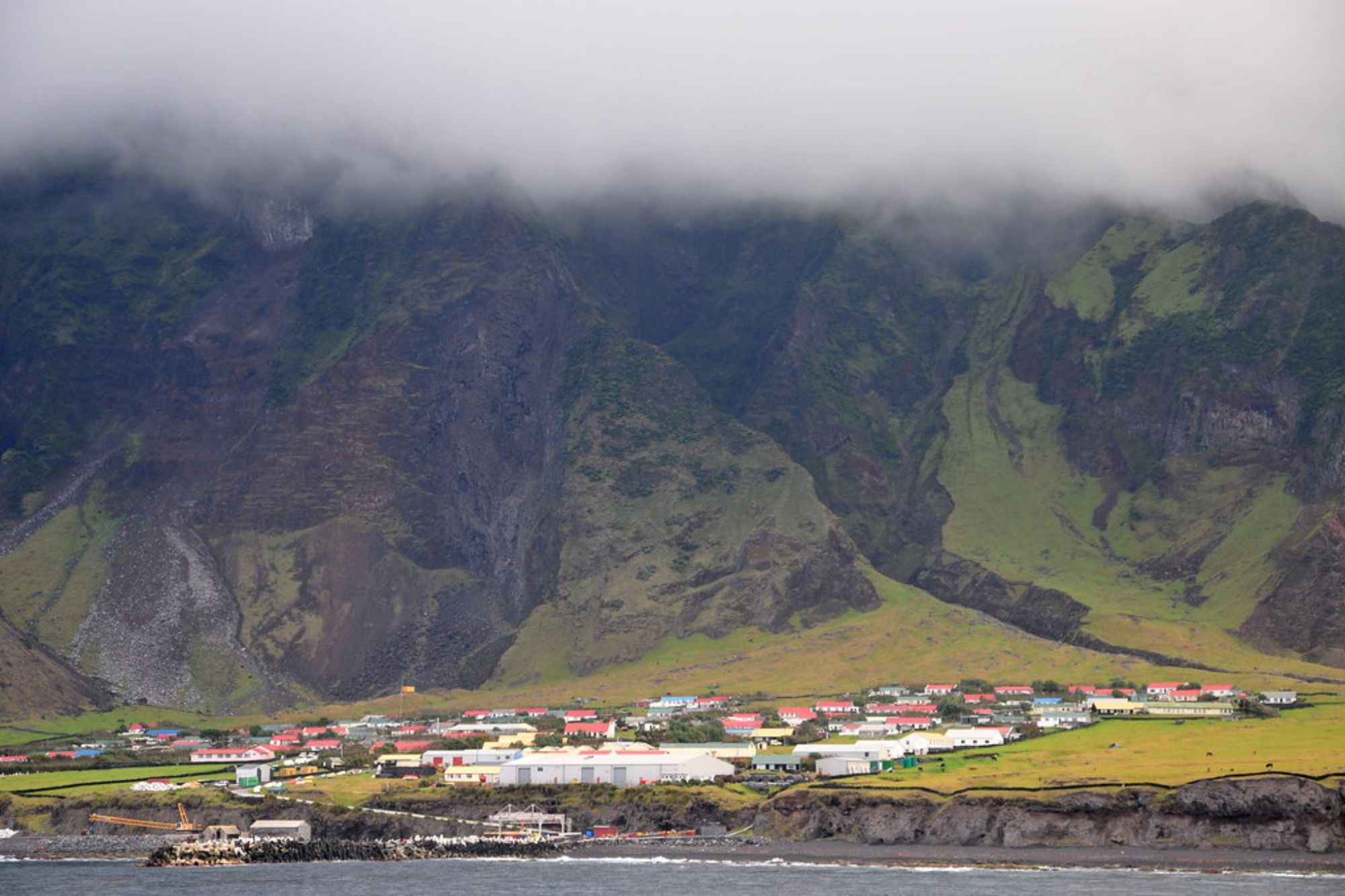
The most remote inhabited island in the world sits 1,500 miles from the nearest mainland with no airport and only nine surnames among its 250 residents. Ships visit roughly eight times per year, making this South Atlantic outpost the definition of disconnection.
Life moves according to weather and seasons rather than schedules or events, with fishing and potato farming forming the backbone of unhurried days.
Like Travel Pug’s content? Follow us on MSN.
Lake Baikal, Siberia
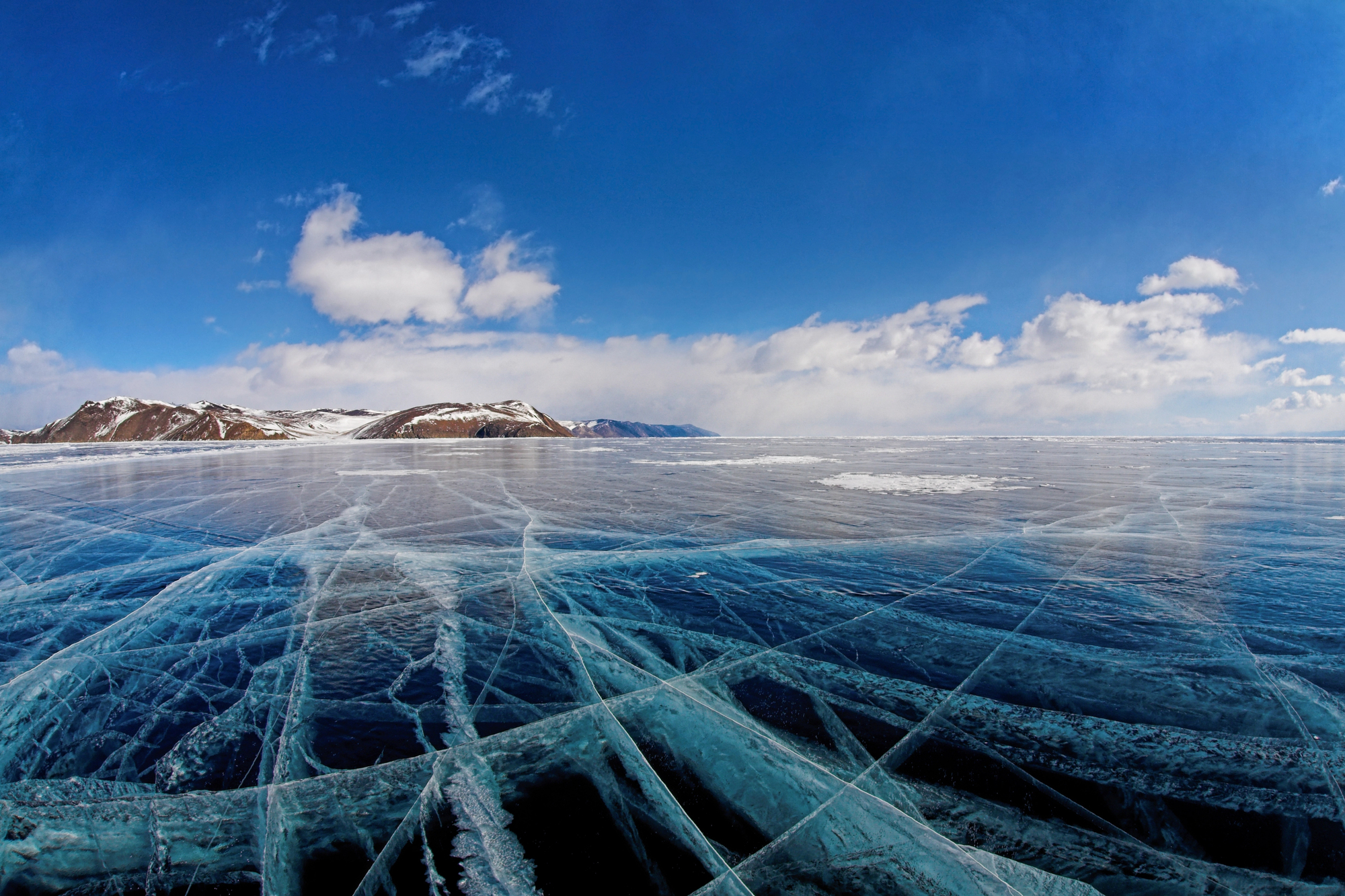
During winter, the surface of the world’s deepest lake transforms into a 12,200-square-mile sheet of clear ice up to two meters thick. Locals build simple shelters miles from shore where visitors can spend days with nothing but the occasional cracking sound from the ice and the blue light filtering from above.
The experience becomes a meditation on emptiness, with the frozen expanse extending beyond all horizons.
Empty Quarter, Arabian Peninsula
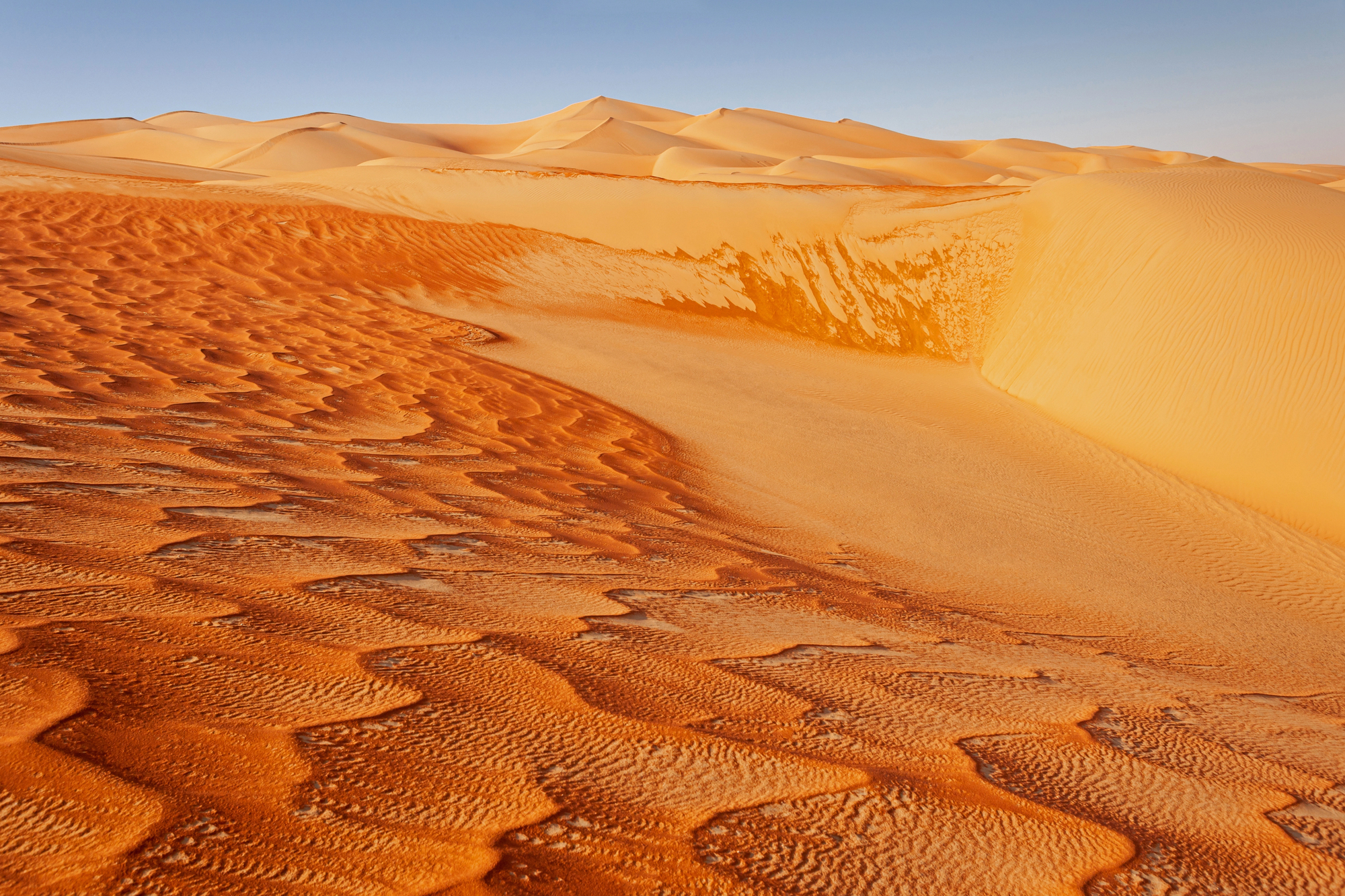
The largest continuous sand desert in the world covers an area larger than France with virtually no permanent human settlements. Bedouin guides lead small groups into this ocean of dunes where the only sounds come from the wind reshaping the landscape.
Days consist of watching shadows slowly shift across the sand, while nights reveal stars with a clarity that feels almost intrusive in its brightness.
Thy National Park, Denmark
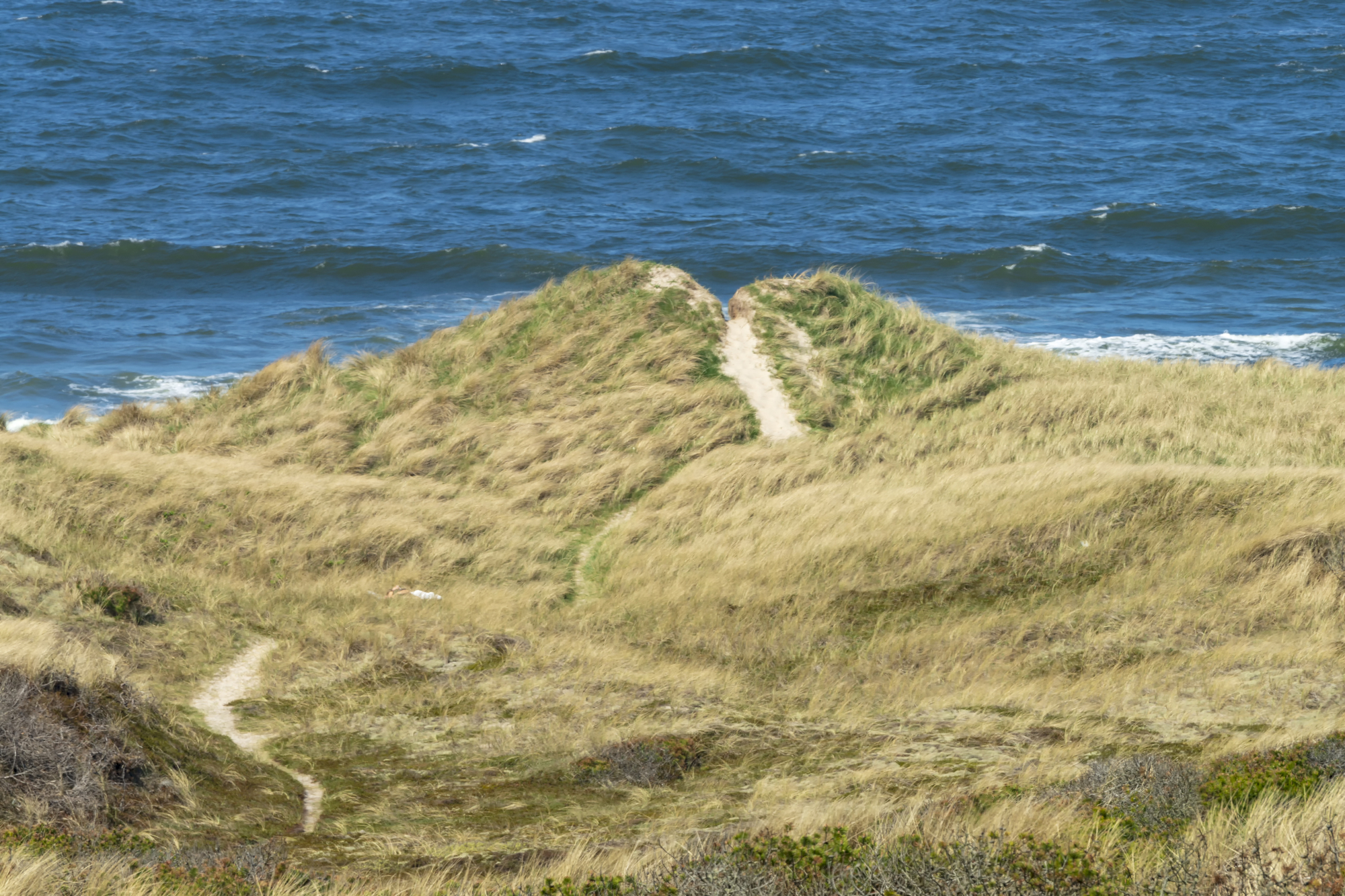
Denmark’s first designated dark sky park offers nothing but empty dunes, unspoiled beaches, and views of the North Sea. The sparse landscape of Jutland’s northwest coast intentionally lacks development, allowing visitors to experience simplicity unavailable in the rest of densely populated Denmark.
The primary activity involves watching the interplay of clouds, light, and water across an uninterrupted horizon.
Like Travel Pug’s content? Follow us on MSN.
Assateague Island, USA

This barrier island off Maryland and Virginia hosts wild horses and little else across its 37 miles of undeveloped beaches and salt marshes. Camping on the island means embracing the absence of entertainment beyond watching horses wander through campsites or listening to the rhythm of waves.
The lack of light pollution makes stargazing the main nighttime activity by default.
Chilean Patagonia
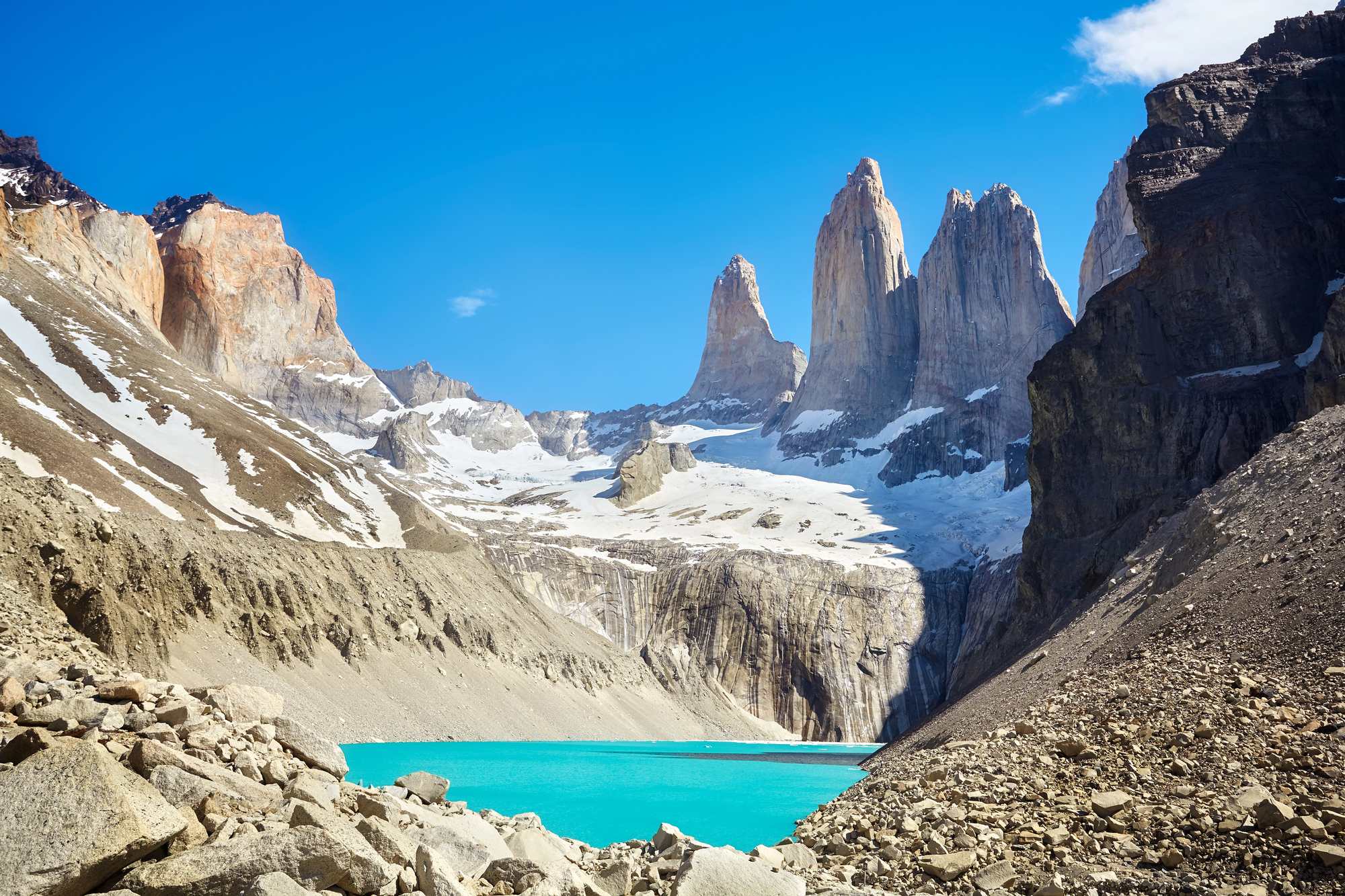
The southern extremes of Chile offer vast expanses where sheep outnumber people by thousands to one. Farms here measure their size in thousands of acres, with neighbors sometimes living a full day’s journey apart.
The constant wind creates a white noise backdrop to daily life, with the Andean peaks and endless grasslands remaining unchanged for centuries at a time.
Kalahari Desert
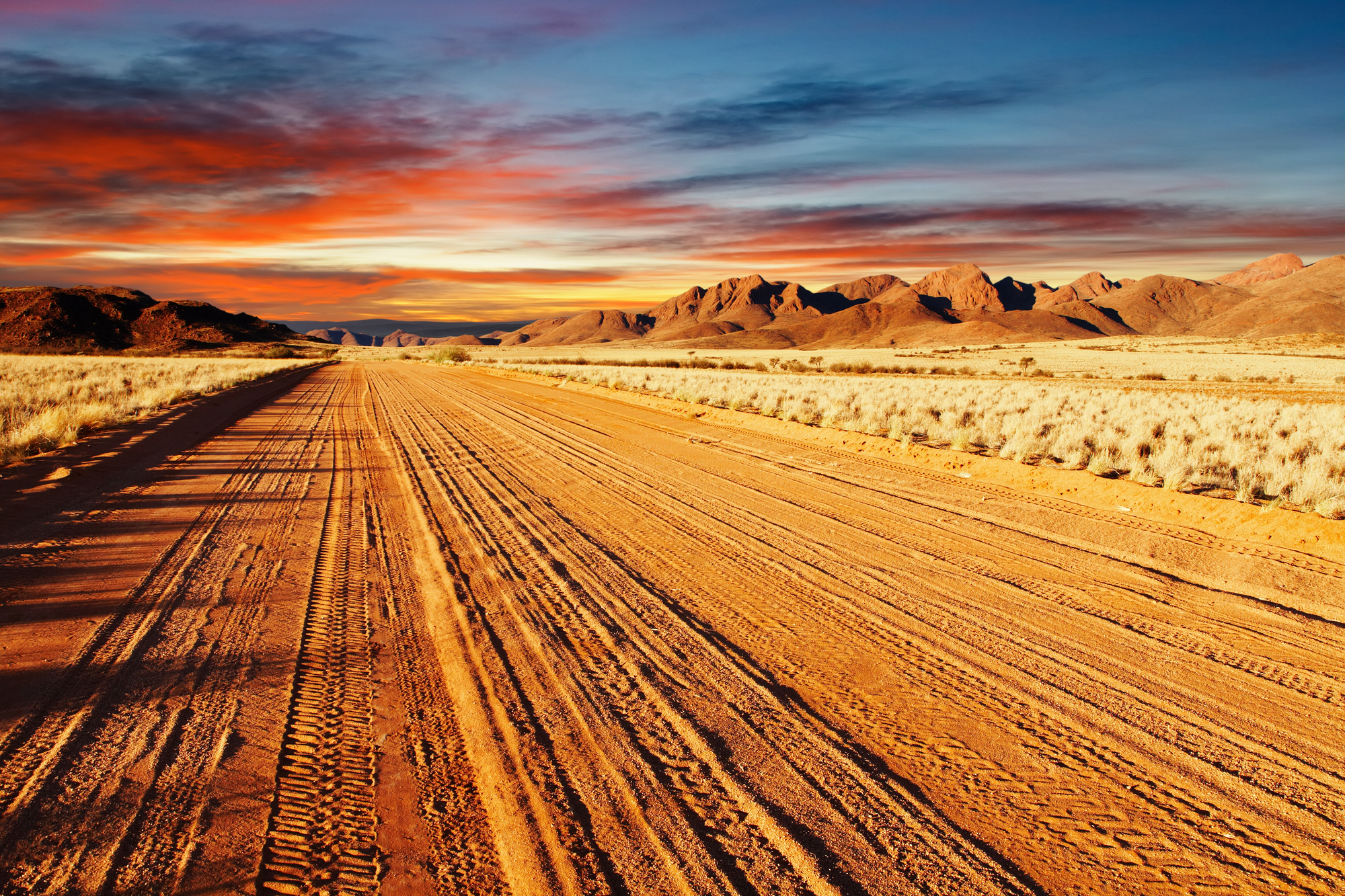
This massive savanna covers much of Botswana and portions of neighboring countries with an emptiness that feels almost absolute. San Bushmen guides show visitors how to simply sit in the landscape for hours, attuning to subtle movements of wildlife and changes in the air.
The minimal variation in the landscape induces a state some anthropologists call “Kalahari zen” among longtime residents.
Like Travel Pug’s content? Follow us on MSN.
Upper Peninsula, Michigan
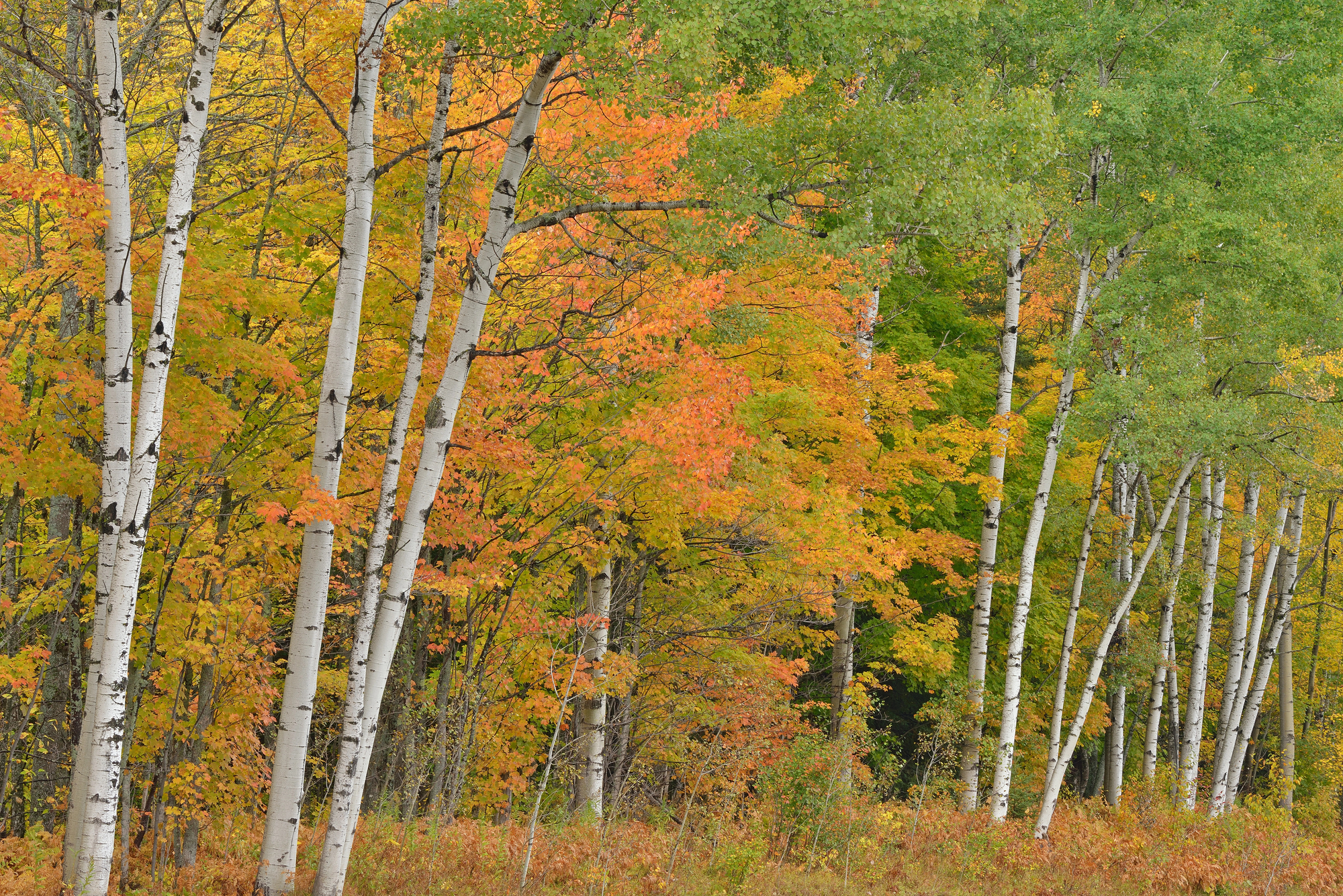
During winter, Michigan’s UP effectively hibernates under snow that can accumulate to over 300 inches in some areas. Towns like Houghton and Calumet embrace the nothingness of winter, with locals finding comfort in the quiet isolation of snow-covered months.
Activities center around simply enduring and appreciating the stillness rather than fighting against or being entertained through the frozen season.
Mongolia’s Steppe
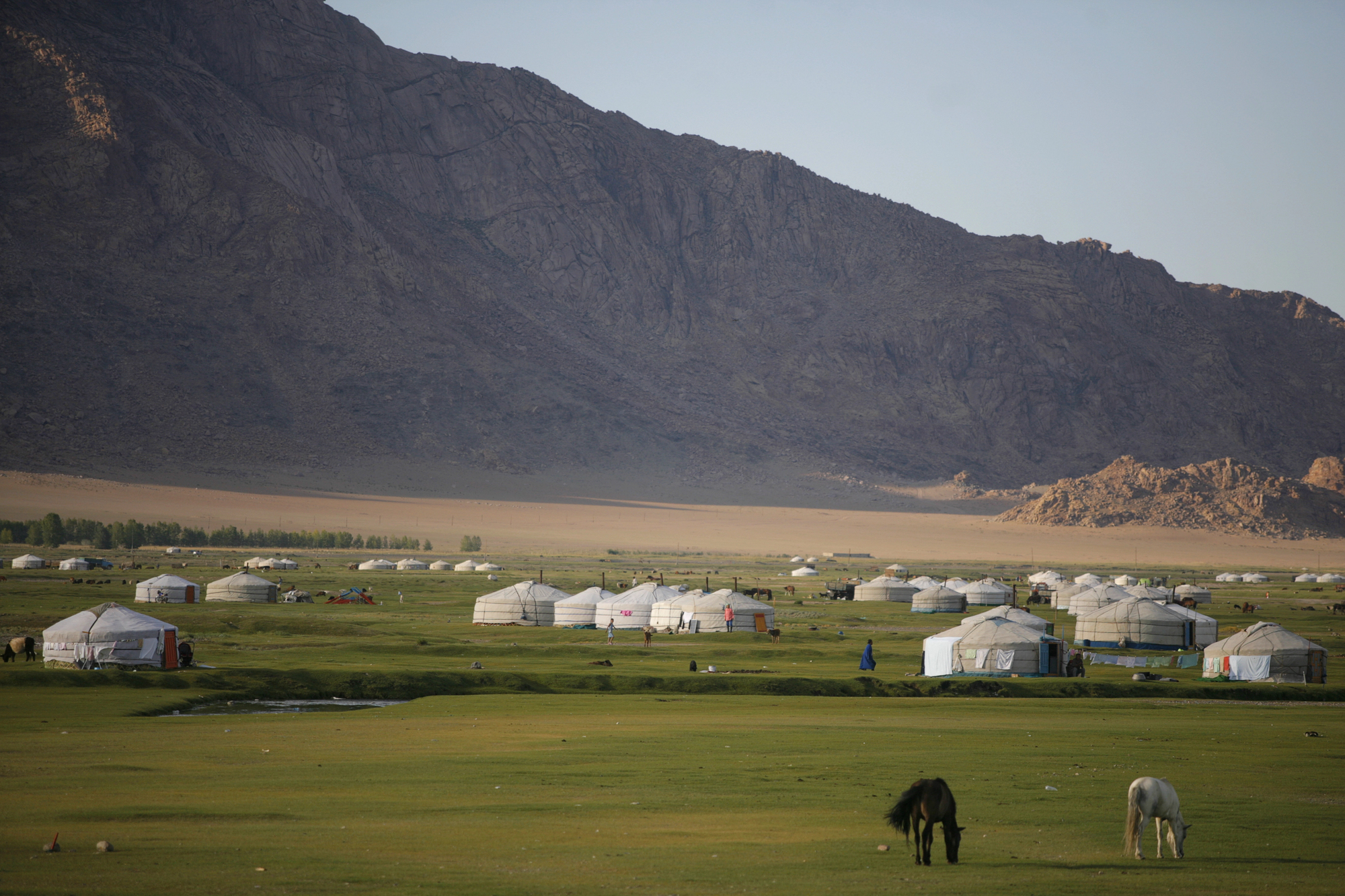
The seemingly endless grasslands of Mongolia average fewer than five people per square mile, creating one of the world’s least dense populations. Nomadic herders move their gers (yurts) seasonally across landscapes that remain largely unchanged since the time of Genghis Khan.
Days pass, watching clouds create shadows that race across the treeless terrain, marking time through subtle shifts in light and temperature.
Flatey Island, Iceland

During winter, this tiny island in Breiðafjörður Bay hosts only a handful of residents who embrace the nearly total absence of activity. The island measures just 1.2 miles long and can be walked in under 30 minutes, with the remaining hours filled by watching changing weather and ocean conditions.
The single road remains empty, birds provide the only consistent sounds, and the winter darkness creates a natural environment for contemplation.
Like Travel Pug’s content? Follow us on MSN.
Mount Athos, Greece
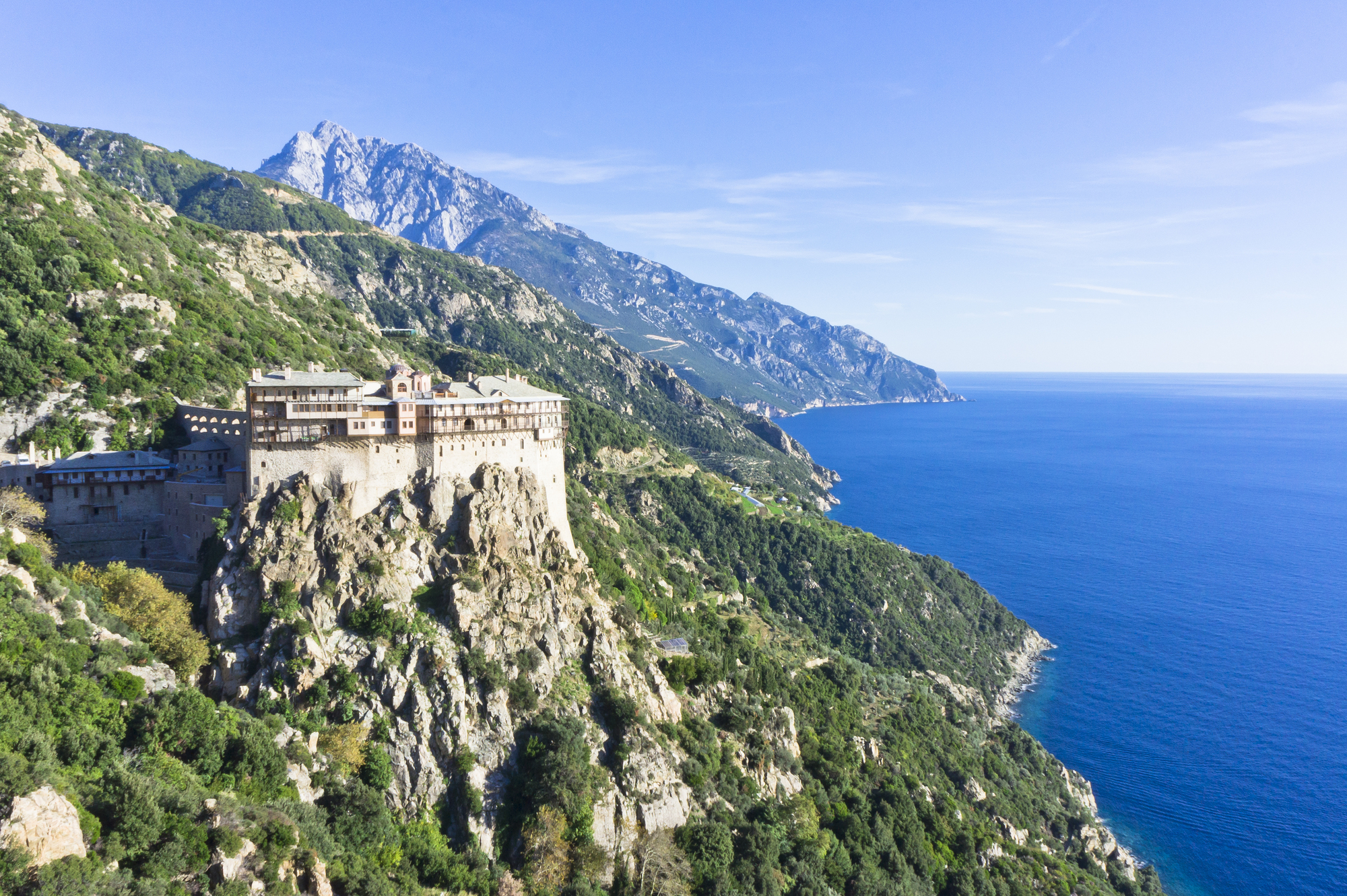
This autonomous peninsula has remained virtually unchanged since Byzantine times, with 20 Eastern Orthodox monasteries operating under practices established over a millennium ago. Male visitors (the only ones permitted) participate in daily routines of prayer, meals, and simple work that have continued uninterrupted despite world wars, technological revolutions, and political upheavals beyond its borders.
La Pause
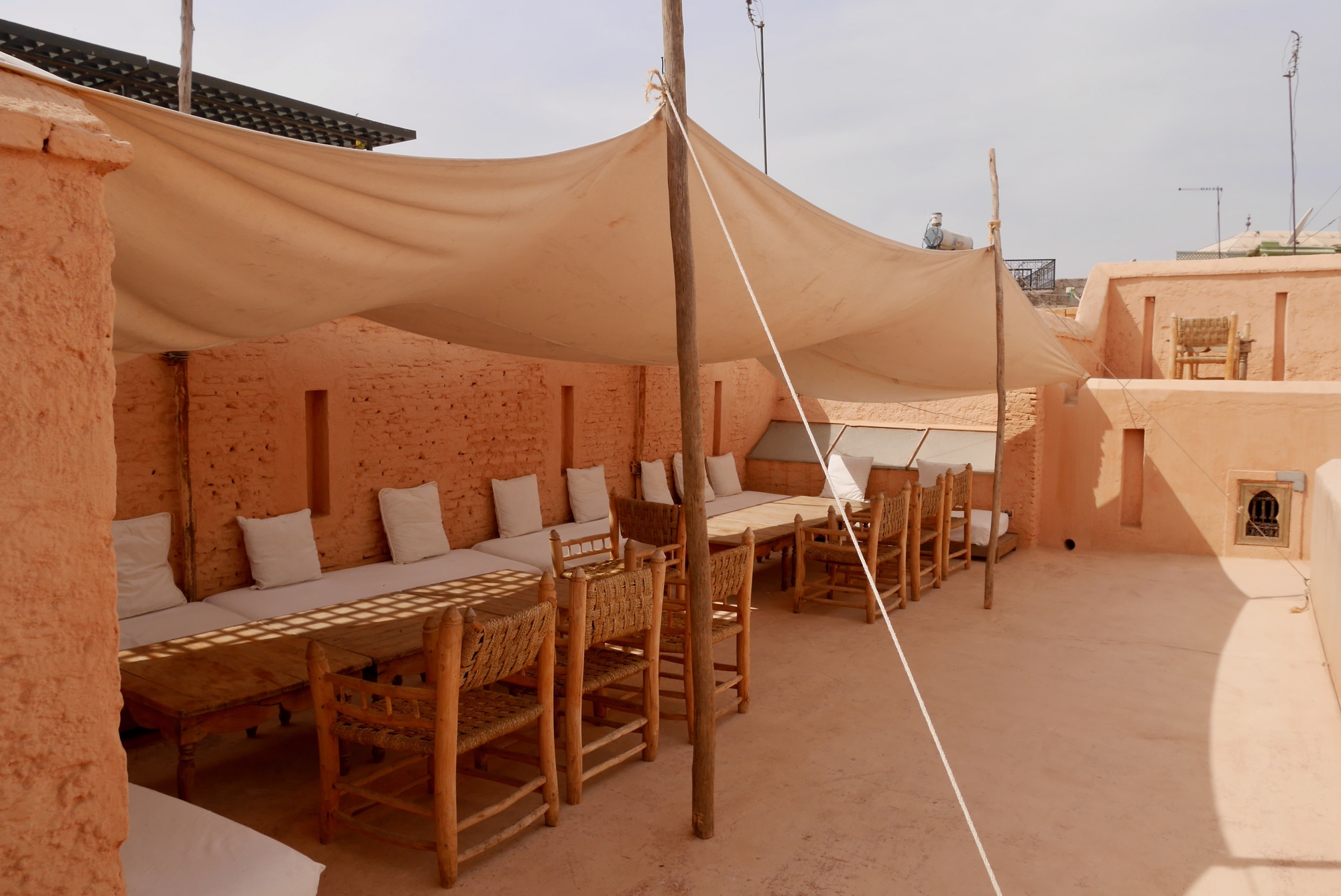
Located an hour from Marrakech, this Moroccan retreat intentionally offers an absence of electricity, internet, and modern distractions. Accommodations in traditional Berber structures feature candles rather than electric lights, and warmth comes from fireplaces rather than heating systems.
The daily rhythm returns to sunrise and sunset, with meals and conversations becoming the entirety of the schedule in this carefully curated version of nothingness.
The Art of Intentional Stillness

These places demonstrate that emptiness isn’t just an absence—it’s a presence all its own that allows for experiences impossible in more stimulating environments. The destinations mentioned aren’t defined by attractions or activities but by their deliberate lack of them.
They offer spaces where the mind can finally unwind from constant input and rediscover the richness of unstructured time. In a world increasingly designed to capture and monetize our attention, places where nothing happens serve as crucial counterbalances.
They remind us that not every moment needs content, not every experience requires documentation, and sometimes, the most meaningful adventures happen in the spaces between events. Perhaps these empty places aren’t missing anything at all—they’re simply preserving something the rest of the world has forgotten.
More from Travel Pug

- Cities Growing so Fast You Won’t Recognize Them in 10 Years
- 13 Destinations Where Tourists Regularly Regret Their Trip
- 20 Obscure WWII Sites Even History Buffs Don’t Know About
- 10 Under-the-Radar Mountain Towns That Are Both Affordable and Beautiful
- 20 Abandoned Places That Feel Like Real-Life Post-Apocalyptic Movie Sets
Like Travel Pug’s content? Follow us on MSN.
